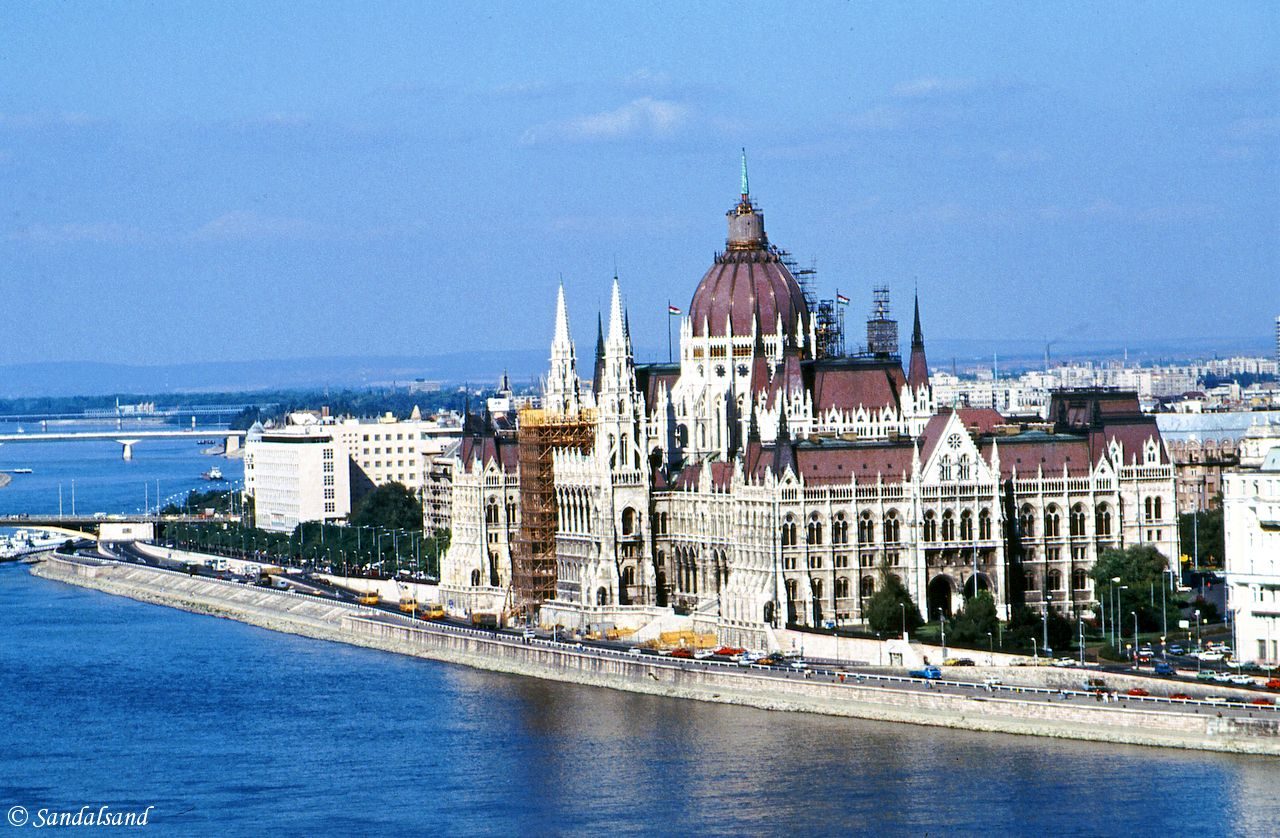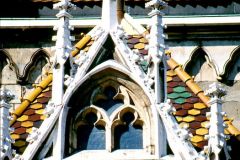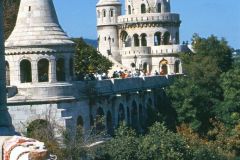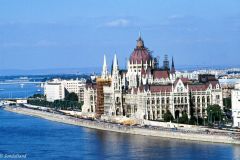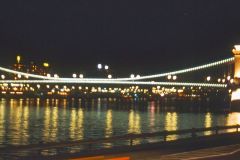Budapest, the capital of Hungary, is a city brimming with pride and monumental buildings, much because of its history as an important city in the Austro-Hungarian empire.
The UNESCO World Heritage List includes more than a thousand properties with outstanding universal value. They are all part of the world’s cultural and natural heritage.
Official facts
- Official title: Budapest, including the Banks of the Danube, the Buda Castle Quarter and Andrássy Avenue
- Country: Hungary
- Date of Inscription: 1987
- Category: Cultural site
UNESCO’s World Heritage Centre’s short description of site no. 400:
“This site has the remains of monuments such as the Roman city of Aquincum and the Gothic castle of Buda, which have had a considerable influence on the architecture of various periods. It is one of the world’s outstanding urban landscapes and illustrates the great periods in the history of the Hungarian capital.”
My visit
In my notes from 1990 I wrote:
“We took Europe’s oldest metro down to the city and a newer metro under the Danube and up on the Buda-side towards the Buda-fortress. It is very big, most like a city district towering over the Danube. And from a Disneyland-like bastion we saw for the first time the “schönen blauen Donau”, 200 metres wide. (..) We took a funicular down and a taxi up to the Citadella, on another large cliff.”
I do remember the feeling that the city was “massive” and I was surprised to see the almost exact replica of the Houses of Parliament in London – only a lot bigger.
In 2014 and 2018 I returned to Budapest and my impression of it as a wonderful town was reinforced.

